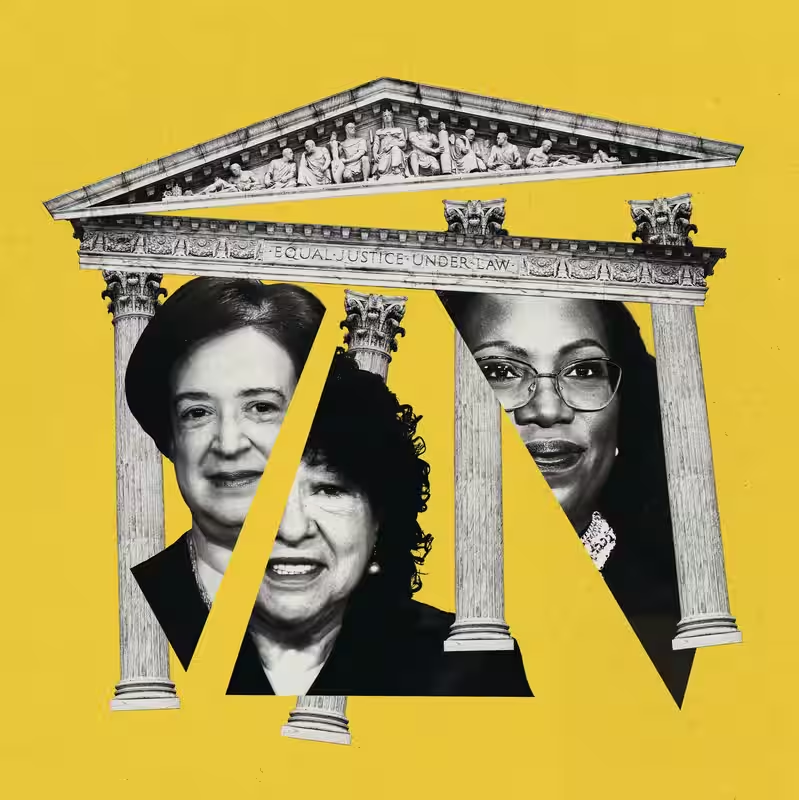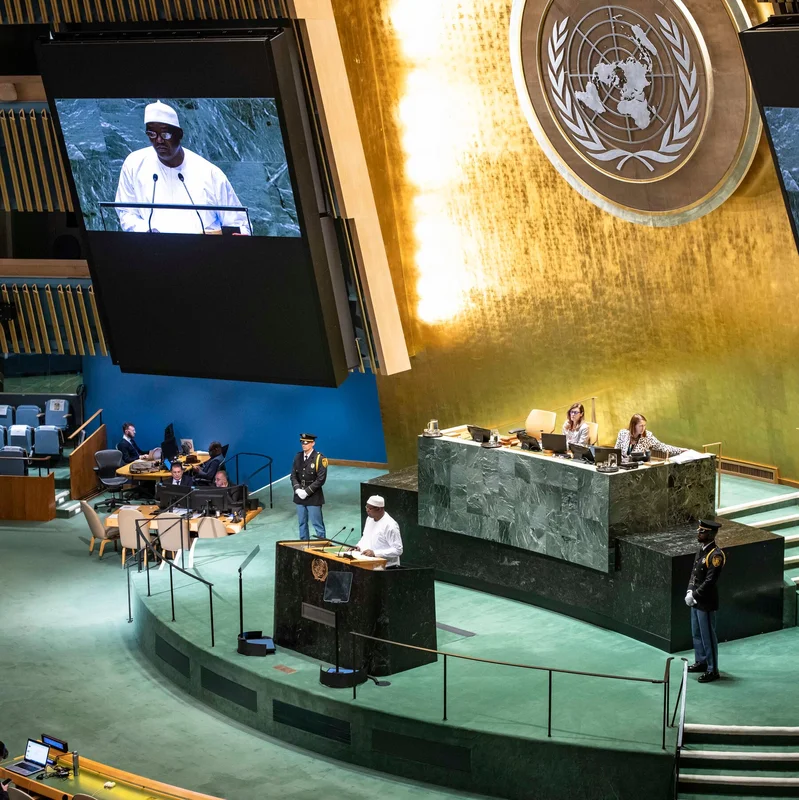Inside the marble halls of the U.S. Supreme Court, a quiet but profound divide is emerging among its liberal justices. With conservatives holding a 6-3 supermajority, Justices Elena Kagan and Ketanji Brown Jackson—both brilliant, respected, and deeply committed to judicial integrity—are locked in a strategic disagreement over how best to defend democratic norms and civil rights in an era of sweeping right-wing rulings .
At the heart of the debate: Should liberals prioritize behind-the-scenes diplomacy to moderate conservative decisions, or publicly sound the alarm to rally public and political pressure?
Kagan’s Playbook: Quiet Persuasion Over Public Protest
Justice Elena Kagan, a former Harvard Law dean and Obama appointee, has long championed what she calls “institutional stewardship.” Her approach emphasizes crafting nuanced dissents, building narrow coalitions with swing conservatives like Chief Justice John Roberts, and avoiding rhetoric that could further politicize the Court .
In recent cases on voting rights and administrative law, Kagan has opted for measured, legally dense opinions—even when she strongly disagrees with the majority. Colleagues describe her as believing that “preserving the Court’s legitimacy is the last line of defense.”
Jackson’s Counter: Moral Clarity in the Public Square
Justice Ketanji Brown Jackson, the Court’s newest and first Black female justice, takes a different view. Appointed by President Biden in 2022, Jackson argues that in moments of democratic crisis, silence is complicity. Her dissents are often impassioned, historically grounded, and written with a general audience in mind.
“When the Court strays from constitutional principles, someone must say so—not just for the record, but for the people,” Jackson remarked during a rare public appearance at Georgetown Law last month . Her fiery dissent in the recent affirmative action case drew national attention and was widely shared on social media.
The Stakes: More Than Just Style
This isn’t merely a difference in tone—it’s a clash of philosophies with real-world consequences. Kagan worries that overtly political language erodes the judiciary’s perceived neutrality. Jackson counters that neutrality in the face of injustice is itself a political choice.
The tension came to a head during internal deliberations over a recent gerrymandering case from North Carolina. According to sources familiar with the private conference, Kagan urged a narrow procedural dissent to keep the door open for future compromise. Jackson pushed for a sweeping rebuke of partisan redistricting, calling it “a dagger to representative democracy” .
What This Means for the Court’s Future
With landmark cases on abortion access, presidential immunity, and federal agency power looming in the 2026 term, the liberal wing’s internal strategy could shape how the public perceives the Court’s legitimacy.
Legal scholars are divided on which approach is more effective. “Kagan is playing the long game,” says constitutional law professor Noah Feldman. “But Jackson may be right that the long game is over—and now is the time to speak plainly” .
Meanwhile, Justice Sonia Sotomayor, the third liberal on the bench, appears to straddle both camps—sometimes joining Kagan’s restrained opinions, other times echoing Jackson’s moral urgency.
A Broader Warning for American Democracy
The rift reflects a national dilemma: in polarized times, is institutional loyalty more important than moral witness? As the Court grows increasingly detached from public opinion, the liberal justices’ debate may be one of the few remaining checks on its power—not through votes, but through voice.




